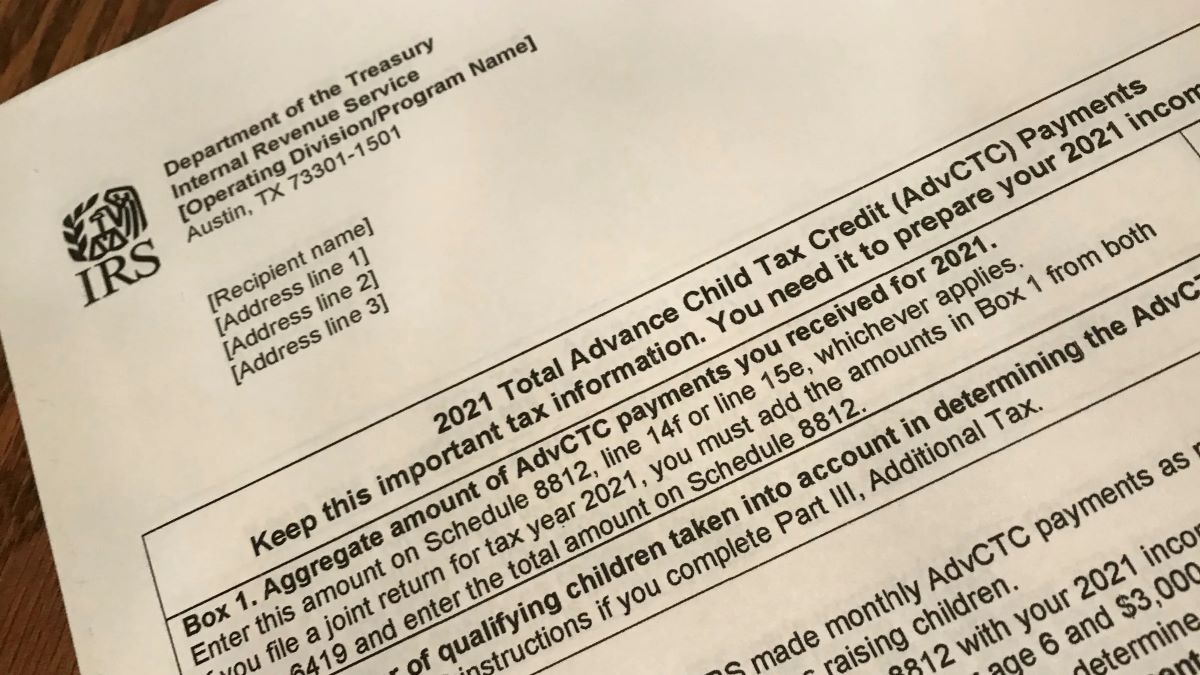

Finance
Assigned Risk Definition
Published: October 9, 2023
Learn the meaning of "Assigned Risk" in finance and how it affects individuals and businesses. Explore its implications and potential strategies to manage it.
(Many of the links in this article redirect to a specific reviewed product. Your purchase of these products through affiliate links helps to generate commission for LiveWell, at no extra cost. Learn more)
Understanding Assigned Risk Definition: What You Need to Know
When it comes to managing finances, there are numerous terms and concepts that can leave you feeling overwhelmed. One such concept is the assigned risk definition. But fear not! In this blog post, we’ll break it down for you, explain its significance, and provide you with key takeaways to help demystify this financial jargon.
What is Assigned Risk?
Before diving into the assigned risk definition, let’s briefly touch on why it exists. In the world of insurance, companies often face challenges when determining premiums for individuals with a high-risk profile, such as those with a history of accidents or driving violations. Insurers may be hesitant to provide coverage to these individuals, as they perceive them to be more likely to file claims, potentially leading to financial loss for the company.
This is where assigned risk comes into play. Assigned risk, also known as the residual market, is a system designed to ensure that high-risk individuals can still obtain insurance coverage. It is a state-mandated program that requires insurance companies to accept a certain number of high-risk applicants that they would otherwise decline.
Key Takeaways:
- Assigned risk is a system that ensures individuals with a high-risk profile can still obtain insurance coverage.
- It is a state-mandated program that requires insurance companies to accept high-risk applicants.
How Does Assigned Risk Work?
Now that we have a basic understanding of assigned risk, let’s explore how it works in practice. When an individual is considered high-risk and cannot secure coverage through traditional insurance channels, they can apply for coverage through the assigned risk pool. The pool consists of insurance companies that have agreed to participate in the program.
Upon applying, the applicant is assigned to a participating company within the assigned risk pool. The company is then obligated to provide insurance coverage, typically at a higher premium rate, based on the applicant’s risk profile. This ensures that even high-risk individuals have access to the essential coverage they need.
The Significance of Assigned Risk
The assigned risk system plays a crucial role in promoting fairness and equal access to insurance for individuals who face challenges in securing coverage due to their high-risk profile. It prevents insurance companies from denying coverage solely based on risk, ensuring that no one is left without the protection they may desperately need.
Furthermore, by spreading the risk across multiple insurance companies, the assigned risk system helps stabilize the insurance market and protects companies from potential financial losses.
In Conclusion
Assigned risk is a state-mandated program that ensures high-risk individuals can obtain insurance coverage. By assigning these individuals to participating insurance companies within the assigned risk pool, they have access to the essential protection they need, even if it comes at a higher premium rate. This system promotes fairness, equal access to insurance, and helps stabilize the market for both insurers and insured individuals.
So the next time you come across the term assigned risk, you can confidently navigate the topic and understand its significance in the world of finance and insurance.














